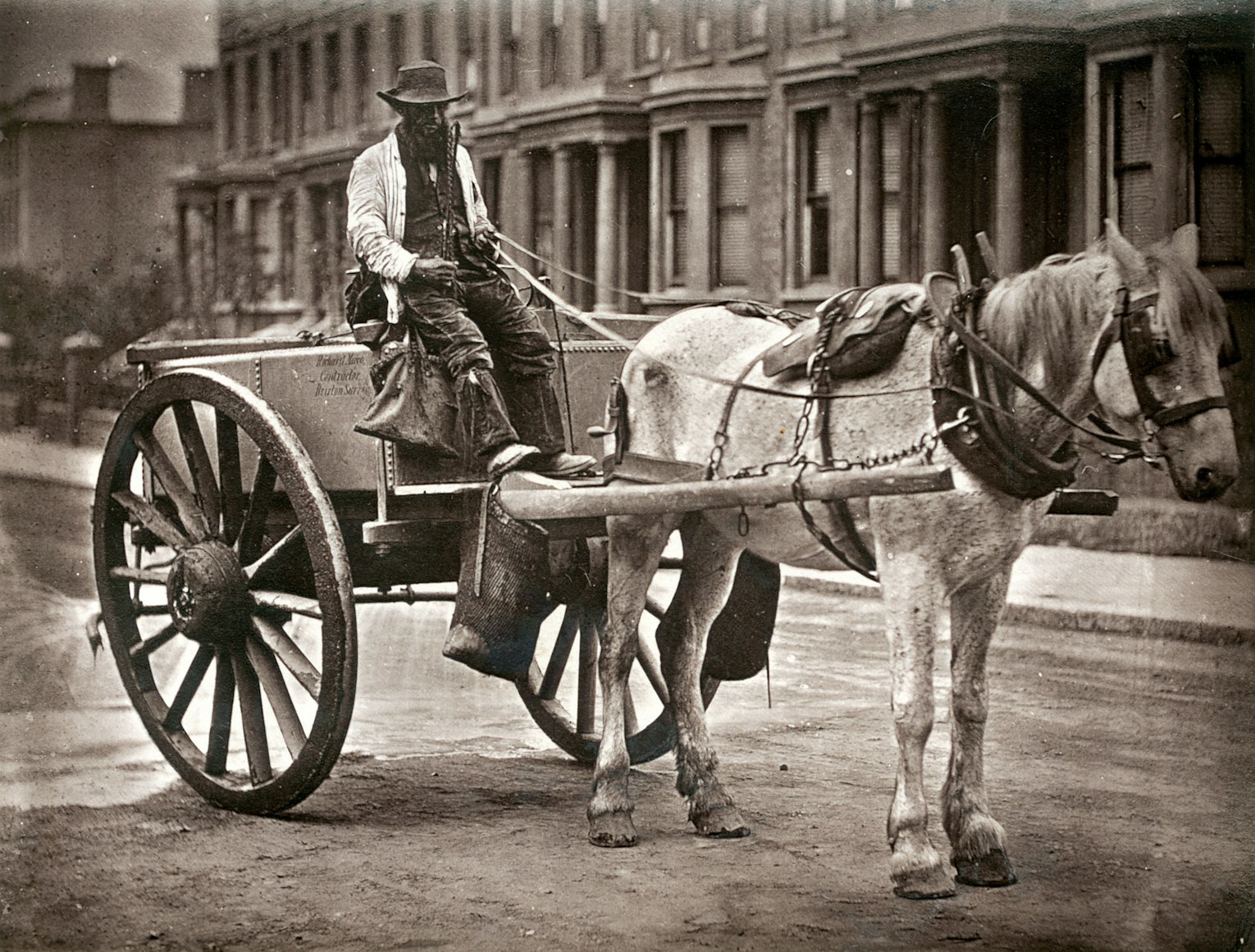Putting the horse back in front of the cart: using visions and decisions about high-quality learning experiences to drive course design.

Allen D, Tanner K. Putting the horse back in front of the cart: using visions and decisions about high-quality learning experiences to drive course design. CBE Life Sci Educ. 2007;6:85–89.
A systematic approach to designing significant learning experiences for students using the “ end in mind” kind of approach while starting with a vision of the desired results. The design process then works backwards to develop the instruction. How you teach might become as important as the way you teach. The three stages of backward design are planned with enduring questions such as 1) What is worthy of student understanding? 2) What would demonstrate competency in student understanding? 3) Which approaches promote understanding and competency in the subject matter?